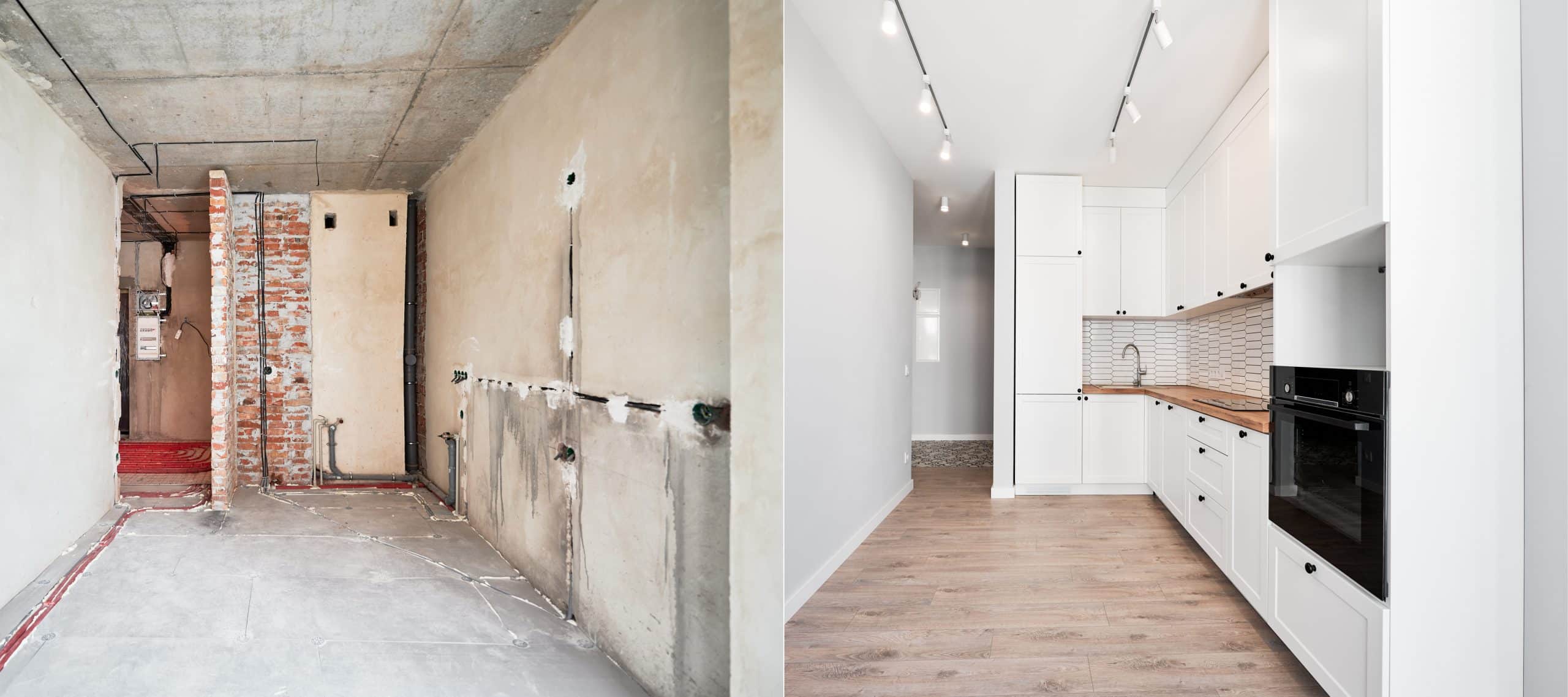What Are Innovative Ways to Retrofit Old Industrial Buildings into Co-Working Spaces?

As the landscape of work shifts and evolves, so too do the spaces we need to conduct our business. Traditional offices are making way for more dynamic, community-centric coworking options, breathing new life into old commercial buildings and changing the face of our cities. In this article, we’ll explore innovative ways to retrofit old industrial buildings into coworking spaces, with a focus on sustainable design, energy efficiency, and fostering a vibrant social community.
The Appeal of Industrial Conversions
There’s something inherently appealing about converting old industrial spaces into modern offices. The character of these buildings, with their high ceilings, spacious interiors, and unique architectural features, provides a stylish backdrop for creative business endeavours. Moreover, repurposing these spaces instead of demolishing them is a more sustainable option, reducing the environmental impact of the construction sector.
A lire aussi : How to Design Real Estate for Enhanced Privacy in Dense Urban Areas?
Many older industrial buildings are underused, or even abandoned, and conversions can bring these spaces back into productive use. This approach aligns with the trend towards urban regeneration, as cities seek to make the most of their existing built assets, rather than sprawling outwards.
When done correctly, retrofitting industrial sites into coworking spaces can contribute to the vibrancy and economic vitality of the neighbourhood. It can also help to create a sense of community among the building’s occupants, as well as providing a link to the area’s past.
Lire également : What Legal Protections Should Landlords Implement When Renting to Students in University Towns?
Designing for Energy Efficiency
One of the main challenges in retrofitting industrial buildings is to make them more energy efficient. These structures were often built at a time when energy was cheap and plentiful, and as a result, they can be very energy-intensive to heat, cool, and light.
The first step in an energy-efficient retrofit is to conduct an energy audit, to identify where energy is being wasted. This could involve anything from installing better insulation to replacing old, inefficient heating and cooling systems.
Another important aspect of energy-efficient design is to take advantage of natural light. Many industrial buildings have large windows, which can be used to provide plenty of daylight, reducing the need for artificial lighting. In addition, a well-designed lighting system can further reduce energy use, by using sensors to ensure that lights are only on when necessary.
Embracing Sustainable Materials and Practices
Sustainability should be a guiding principle in any retrofit project, and this is particularly true when converting industrial buildings into coworking spaces. These buildings often contain a wealth of reusable materials, from bricks and beams to fixtures and fittings.
To fully embrace sustainability, it’s also important to consider the lifecycle impacts of any new materials that are used. For example, using locally-sourced, low-impact materials can reduce the environmental footprint of the retrofit.
Good waste management is another key aspect of sustainable practice. This means not only recycling and reusing materials wherever possible, but also reducing waste during the construction process.
Building a Social Community
A successful coworking space is more than just a place to work; it’s a community. As such, retrofitting industrial buildings into coworking spaces should involve careful consideration of how to foster social interaction and collaboration.
Some of the ways in which this can be achieved include providing shared facilities such as kitchens and breakout spaces, as well as organising events and activities that bring people together.
One of the benefits of converting industrial buildings is that they often offer large, open-plan spaces that can be easily adapted to suit a variety of uses. This flexibility can be a major asset in creating a coworking space that encourages interaction and collaboration.
Adapting to the Local Context
Finally, it’s important to remember that every industrial building, and every neighbourhood, is unique. As such, retrofitting projects should be sensitive to the local context, taking into account the history of the building and the character of the surrounding area.
This could mean preserving certain architectural features, or using materials and colours that are in keeping with the local style. It could also mean engaging with the local community, to ensure that the coworking space meets their needs and contributes to the vitality of the neighbourhood.
In conclusion, retrofitting industrial buildings into coworking spaces can be a complex process, involving a wide range of considerations from energy efficiency to social interaction. However, with careful planning and a commitment to sustainability and community, these projects can result in attractive, vibrant spaces that are a pleasure to work in and a valuable asset to the city.
Integrating State-of-the-Art Technology
When retrofitting old industrial buildings into coworking spaces, incorporating advanced technology is pivotal. In the era where digital connectivity is as crucial as electricity and water, old buildings need significant tech enhancements to meet the demands of today’s businesses. Retrofitting projects provide an opportunity to integrate technology into the building’s infrastructure, improving its functionality, security, and energy efficiency.
Most older industrial buildings were not designed with the digital age in mind. As such, one of the first steps in the technology integration process should be installing high-capacity data networks. This could involve upgrading the building’s wiring to accommodate high-speed internet, and ensuring there are plenty of power outlets and charging points for devices.
Additionally, smart technology can be incorporated to improve the building’s energy efficiency. This could involve installing intelligent heating, ventilation, and air conditioning (HVAC) systems that adjust the temperature based on occupancy and weather conditions. Similarly, smart lighting systems can ensure that lights are only on when needed, further reducing energy consumption.
Security is another area where technology can play a significant role. Modern access control systems can enhance security by allowing only authorized individuals to enter the coworking space. CCTV systems can also be installed to monitor the premises, and fire detection systems can be updated to ensure they meet modern safety standards.
In addition, creating a coworking space that appeals to today’s tech-savvy workers might also involve installing state-of-the-art audio-visual equipment in meeting rooms, offering virtual reality facilities, or even creating a makerspace with 3D printers and other innovative tools.
Adapting for Accessibility and Inclusivity
Adaptive reuse of old industrial buildings provides an excellent opportunity to create inclusive and accessible coworking spaces. Old buildings often lack the necessary features to accommodate individuals with disabilities, and retrofitting these spaces can involve considerable alterations to ensure they comply with accessibility legislation.
When planning for accessibility, it’s essential to consider all potential users, including those with mobility, visual, auditory, cognitive, or psychosocial disabilities. This could mean installing ramps and lifts for individuals who use wheelchairs or walkers, or incorporating tactile and high-contrast signs for those with visual impairments.
Just as important as physical accessibility is creating an inclusive environment that welcomes individuals from all walks of life. This could involve ensuring that there are quiet spaces for those who need them, creating child-friendly areas for working parents, or accommodating cultural and religious needs by providing prayer rooms or offering flexible opening hours.
The goal is to create an office space that is not only accessible but also feels welcoming to all. By creating a truly inclusive coworking space, we can ensure that everyone feels valued and respected, fostering a rich and diverse community that can inspire creativity and innovation.
Conclusion
Adaptive reuse of old industrial buildings into coworking spaces not only addresses practical concerns like sustainability and climate change but also contributes significantly to preserving and revitalizing our cities. Innovative retrofitting methods, integrating advanced technology, and fostering inclusivity can transform these constructions from relics of the past into vibrant communal spaces that embody the future of work.
However, the process of converting industrial buildings into coworking spaces is not a one-size-fits-all approach. It requires sensitivity to the history of the building, the needs of the local community, and the specific requirements of today’s businesses. But, when executed with care and attention, these projects can breathe new life into our urban landscapes, creating spaces that are functional, sustainable, inclusive, and inspiring. As such, retrofitting industrial buildings into coworking spaces represent a significant opportunity not just for the real estate sector but also for urban communities and the broader task of building a sustainable and inclusive future.
